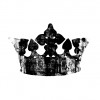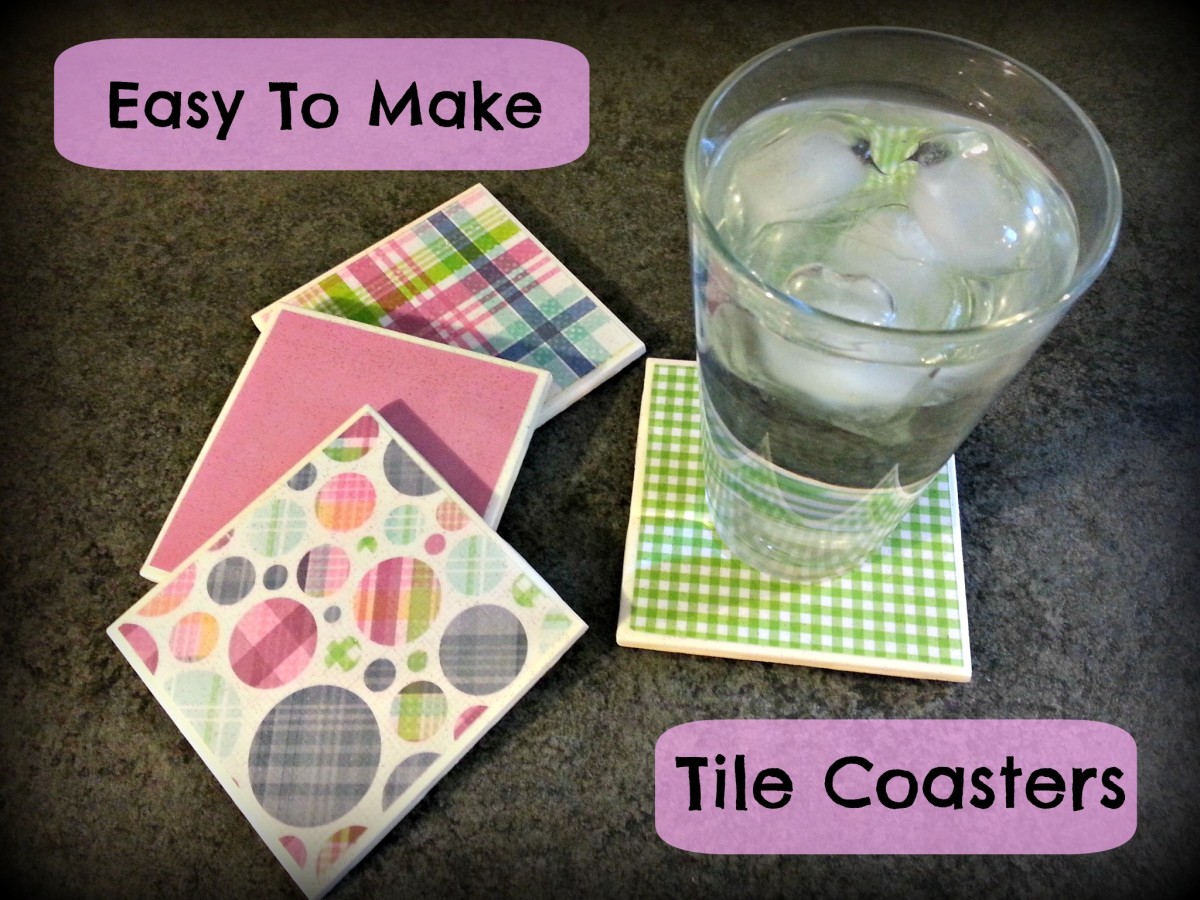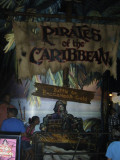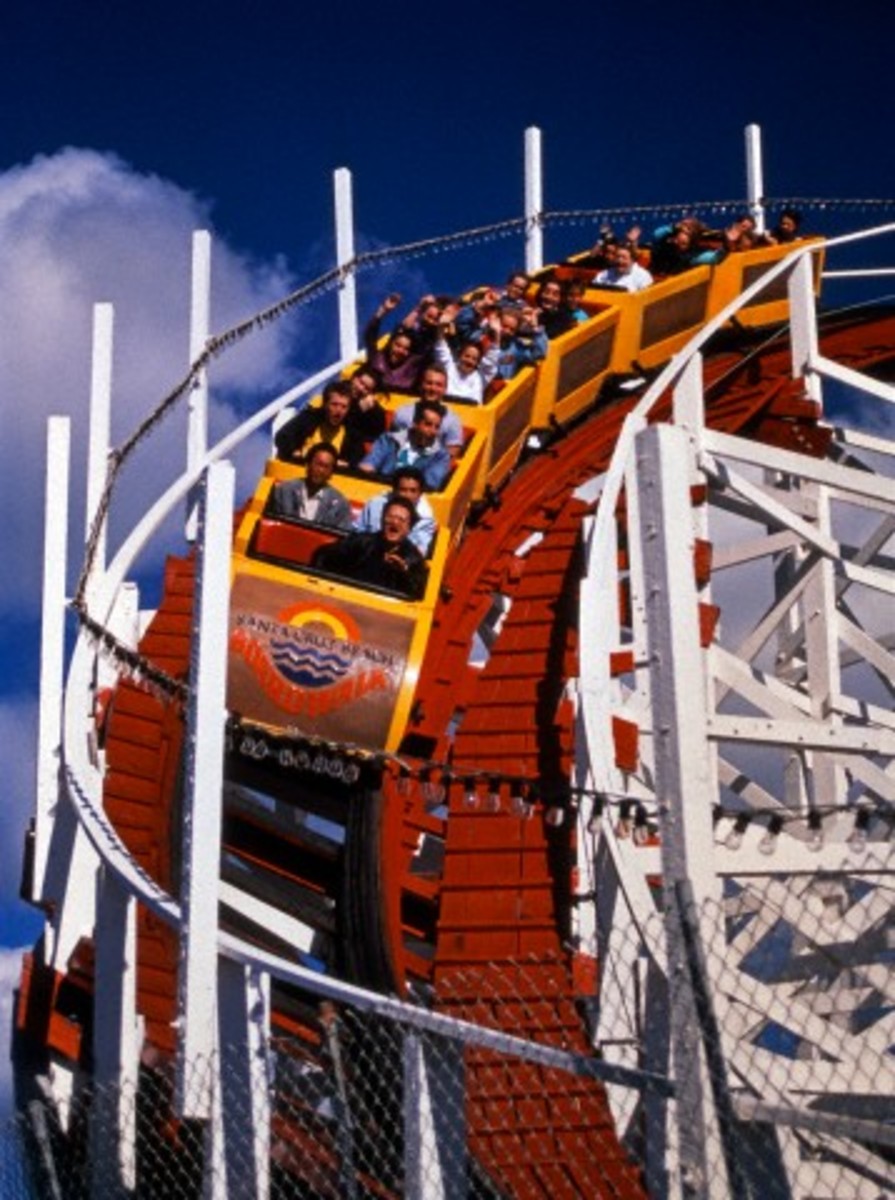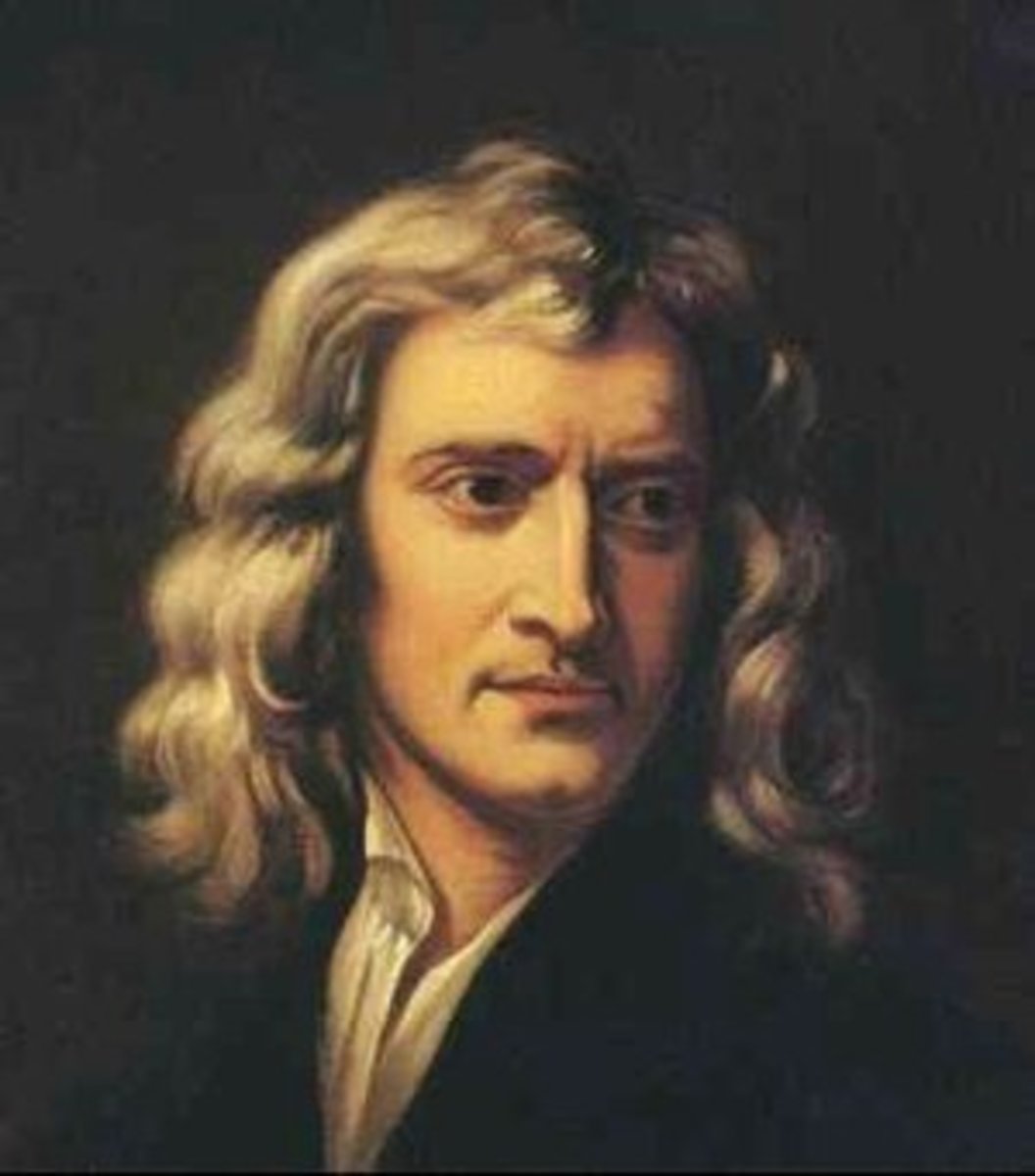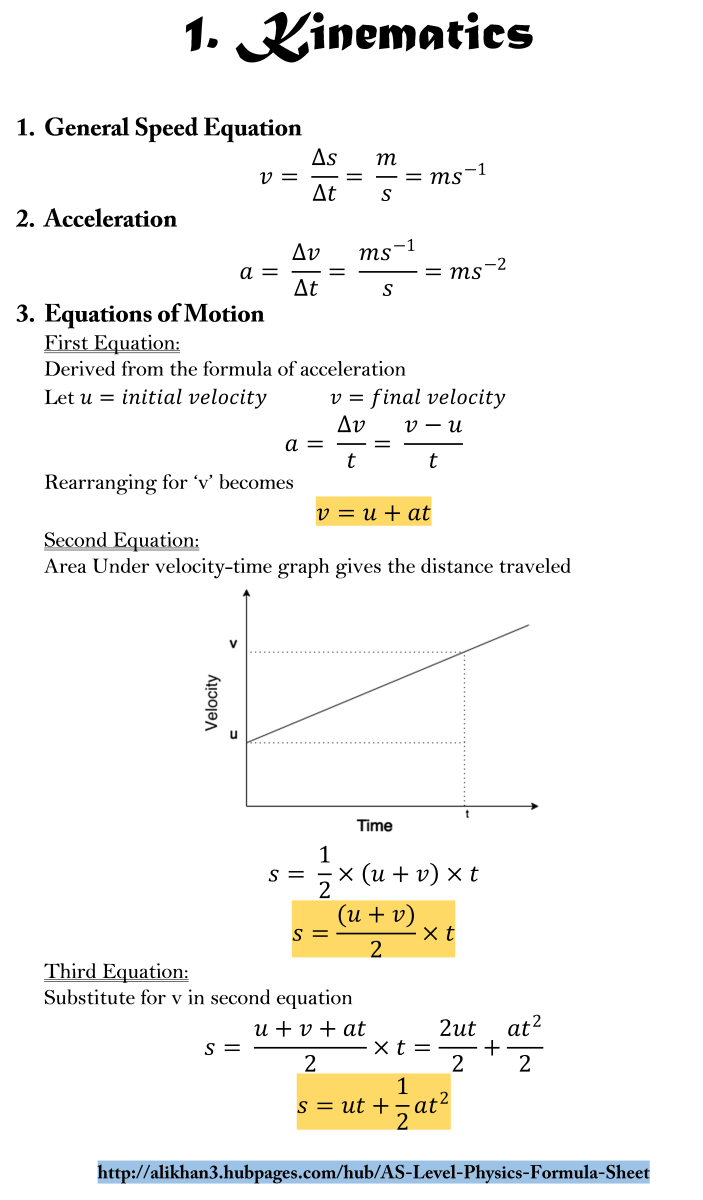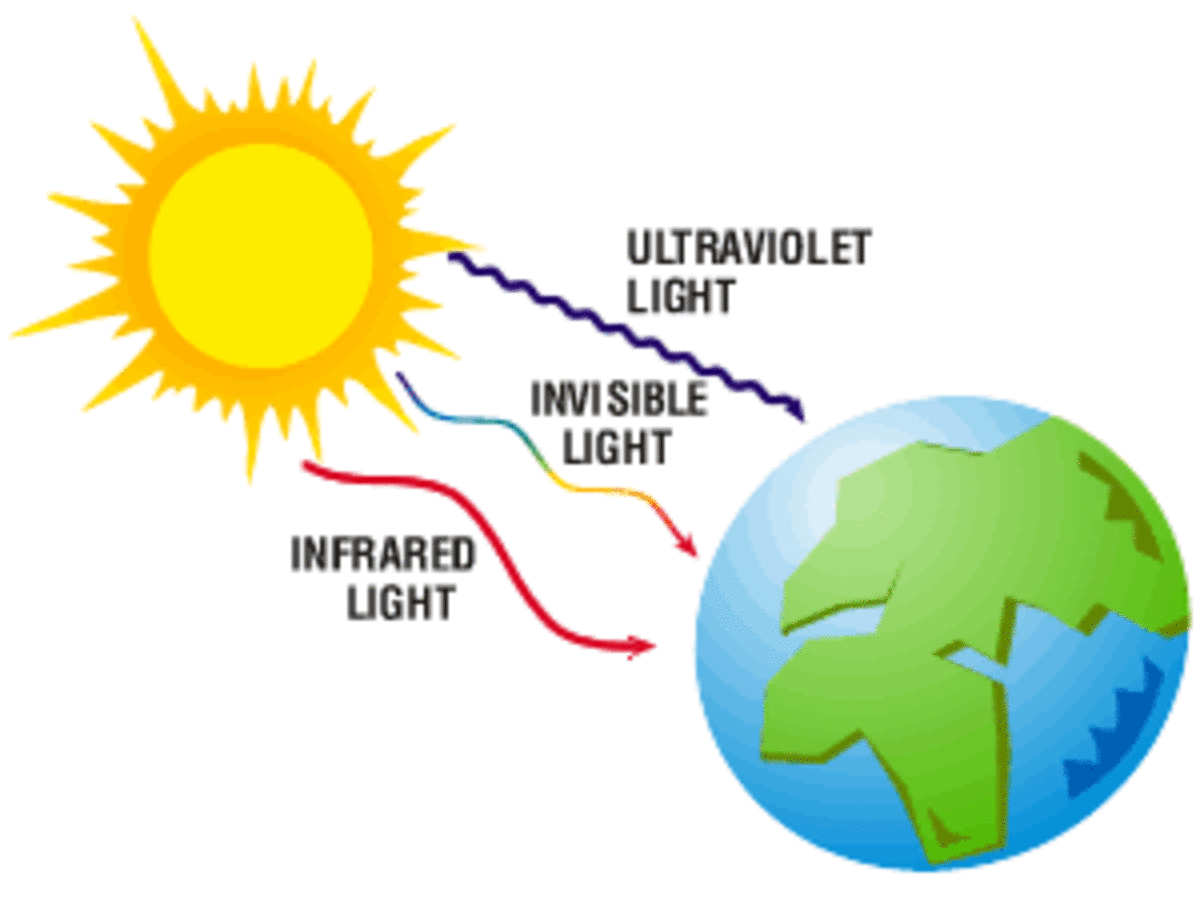Student Roller Coaster Projects
Roller Coasters are amazing modern day engineering marvels that seem to defy gravity and basic common sense. They are a source of excitement for many, and upset stomachs to some. But they can be used other than getting people’s adrenaline pumping – they can be used to explore topics of Physics as well.
In the classroom, there’s need to make sessions exciting as possible for kids while still having structure and content. It’s even better when students can match their personal experiences, in this case riding roller coasters, with particular topics in Physics. Motion, Forces, and Energy are all topics that can be explored just through studying roller coasters. Students can be given fun projects relating to roller coasters that can definitely enhance their learning process – not to mention interest.
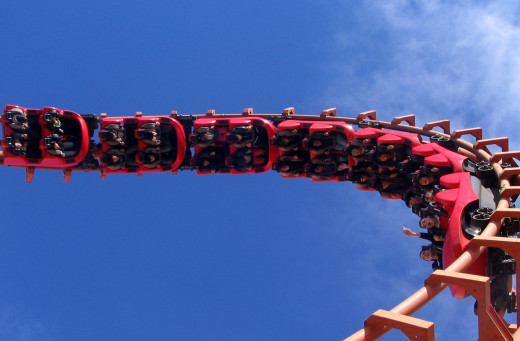
The history of Roller Coasters
As with any kind of ride at an amusement park, roller coasters have a history and background. Students can be given the task, either individually or as a team, to research and report on the first roller coasters ever built, which is claimed to have been in Europe in the 1800s, and the progress throughout the centuries. They could include in their report: safety issues, materials and machines used to for construction; successes and failures. Furthermore, a vibrant timeline could be created by each student or team highlighting the most outstanding events relating to roller coasters from the first roller coasters to present day ones.
Roller Coaster Analysis
Another insightful kind of project may involve studying the current most popular roller coasters in the world. A teacher may limit each team to say 5 roller coasters, and make sure that no one roller coaster is given to more than one team. Each roller coaster could be studied by collecting quantitative data including but not limited to: the length of the course, the top speed, the average mass of persons riding the coaster, the height of the ‘drops’ and even the angle of the slopes. From this data, there are several values that could be calculated, such as momentum, acceleration, kinetic energy and potential energy. Furthermore, a qualitative aspect could be added to this project in which students could explain the energy changes throughout the course of a roller coaster especially the transitions between kinetic energy and potential energy. This is also a good opportunity to explore Newtonian Laws of Motion, as students could use the course of roller coasters to expound on Newton’s three laws. Guide questions can be helpful such as:
‘Why doesn't the roller coaster fall off the tracks when upside down?’ or ‘What centripetal forces affect a roller coaster?’
Students could use free-body diagrams, animations, videos and other forms of multimedia to present to their classmates their findings.
Building Roller Coaster Models
Building roller coasters is typically a fun project for students and encourages teamwork. Students could be put into groups, of which each group would be given the same set of materials to create their own roller coaster. Cardboard, scissors, utility knife, ruler(s) and marbles/balls are some of the kinds of tools and materials that a teacher could give to each group. One class could be used for design and construction, whereas the second class could be used for the final tune-ups before the presentation. The aim could be to design a roller coaster on which a marble/ball can climb 3 lumps successfully. A competition could be made out of this, and various awards given for the most successful design, the neatest design, and the best presenter(s).
Adding a Personal Touch
To add to these all, students could document their own personal experiences of riding on roller coasters through pictures and videos. These can add a personal touch to projects, something that is well needed in Science education. People still want more speed, longer and steeper falls; more twists and turns in roller coasters. This is why Engineers continue to design and create even more exhilarating roller coasters of which a number of students would love to ride and study in Physics.
